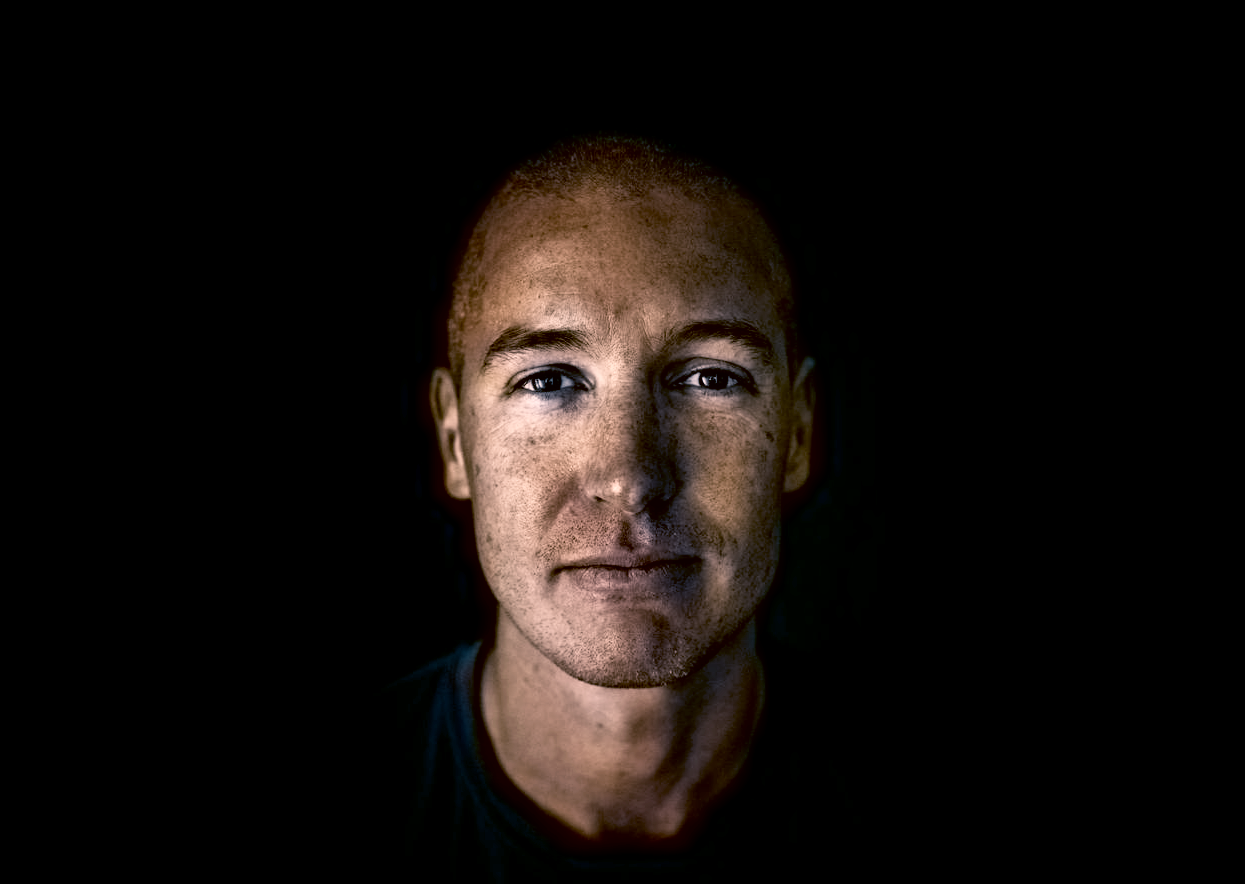Pascal Brier, group chief innovation officer at Capgemini, the global consulting, technology and outsourcing organisation, gave Sifted the lowdown on how he recently revamped the innovation function when he took on his role just over a year ago.
1/ We all need a little positive paranoia
Our world today (Covid-19 and facemasks notwithstanding) looks and feels markedly different from only a few short years ago. Change has become something we discuss in terms of years, rather than generations. And the stakes for those leading organisations are heightened, to say the least.
“We live in a VUCA world,” says Brier, referring to the term coined by the US military in the late 1980s and popularised during the 2008 financial crisis (Volatility, Uncertainty, Complexity and Ambiguity). “Who is your competitor, your friend and your partner? What exactly are you selling, what industry are you really in? This has all changed over the last 40 years.”
As the saying goes, innovate or abdicate
“I don’t recall another time in history when so many sciences were being disrupted by new technologies,” says Brier, pointing to the “invasion” of software in all aspects of life, the volume and velocity of data, increasing computational power, artificial intelligence, machine learning and quantum computing (to name a few).
Innovation, says Brier, is the only way to resist or counter this environment. “As the saying goes, innovate or abdicate.”
In this environment, leaders need what Brier calls "positive paranoia".
The late Andy Grove, Intel’s third employee and its leader for almost two decades, is well-known for his management mantra "only the paranoid survive", but Brier puts a more upbeat spin on it.
“You need to be constantly putting yourself in the shoes of someone who’s going to lose their cake,” he says. “But paranoia alone breeds fear, and fear can cause you to freeze. It’s why I call it positive paranoia — it’s about embracing this environment and using an intentional approach to innovation to turn threats into opportunity.”
2/ Innovation is a continuum
“Companies can confuse innovation with invention,” says Brier. “But innovation isn’t just about trying to revolutionise everything, you also need innovation on the job.”
Some say that unless you are trying to make a 10x impact, it isn’t worth the bother of innovating, but Brier talks about innovation as a continuum, “from 10% to 10x”, and stresses the importance of the former.
“Everybody has to have a mission around innovation,” he says. “If you’re working on delivering a client project, bringing 10% innovation to everything you do on a day-to-day basis adds up.”
Many companies still look at innovation as an elitist activity where only a few participate to create extraordinary things
For Capgemini, Brier says he wants everyone in the organisation to share this mission — getting everyone involved in 10% innovation helps the organisation’s efforts on 10x innovation to flourish. This means, he argues, that organisations should step back and ask whether they’re happy with their definition of innovation.
3/ Defining the handover
Forming an innovation unit inside an organisation is fraught with risk.
You don’t want to be seen as special or different, or in any way risk disenfranchising the wider organisation. You don’t want to create another internal silo. You want to avoid forming countercultures or subcultures that will inevitably clash when it comes to collaboration attempts. And you want to ensure that any seeds of growth that are nurtured by an innovation team have the best chance of survival when it comes to scaling.
“There’s always a danger in creating a small team and saying ‘these are the guys who do innovation’,” says Brier. “You need that dedicated resource, however, so that you’ve got a group of people who aren’t fully focused on today, who have the time to look into tomorrow.”
What’s often overlooked and a common cause of failure, Brier says, is the handover to the organisation, and the decision about when and how to scale.
If it never hits your operation, it never changes the way you do things
“You’ll find yourself creating things on the left that never get considered by the right,” says Brier. “You create a lot of testing, you pretend you’re doing open innovation, you’re endorsing new technologies, but if it never hits your operation, it never changes the way you do things.”
Brier believes too many organisations get stuck in a rut of great testing and great demos, but few investments which actually scale. As a result, they find themselves struggling to bring about change, which means the returns which leaders expect don’t materialise.
“It’s important to have people focused on your future, but if you haven’t defined when and how the handover from that team to the operations of the business happens, there will always be a good reason not to scale it to the enterprise.
“You’ll be innovative in some sense, but that won’t yield results. And that’s what leads to the ‘why bother’ mindset. Why spend the money if nothing changes?”
4/ Philosophies and objectives
Brier argues that innovation leaders need a combination of philosophies and objectives. The former is a kind of mantra, internal positioning or call-to-arms for the innovation team. The latter grounds innovation (and its leaders) in delivery and accountability.
This is something Brier put in place in 2020 when he took his current role.
“We were very lucky that Capgemini recently reviewed its purpose, its strategy and its brand positioning,” he explains. “This was an opportune moment to ensure that the innovation function and our agenda is inextricably linked to the organisation’s purpose. We worked with top management to revisit the ‘why’ of innovation, clearly defining its role and expectations in the eyes of our leaders. What that’s given us is a clear philosophy, and three clear objectives.
“Our philosophy is that we are a catalyst, but we’re not elitist. We’re here as a catalyst for all things innovation, but also to infuse this into the organisation.”
Brier explains that avoiding an elitist or isolated positioning is about mitigating the risk of a "them and us" divide, and that instead, the organisation is deploying a unit with the reach, resources and remit to infuse innovation into everything the it does.
We’re the watchdog on behalf of the organisation
While this philosophy (and the inevitable detail and narrative behind it) may set a scene, it’s the clarity of the objectives which accompany it that give it most meaning.
Objective one: to identify weak signals and make sure we’re never late on any technology wave.
“This doesn’t mean we have to be the first-mover, although that would be great if we think it’s the right thing to do. It’s about not being late, and acting when we think we should. We’re the watchdog on behalf of the organisation.”
Objective two: first to usage
“Technology for technology’s sake is meaningless. What’s important is what you do with it. Our role is to understand the use cases for any technology and to ensure that these use cases helps the building of our future portfolio. That the next wave of everything we sell should come from here, from the understanding, the knowledge and the identification of use cases.”
Objective three: managing the continuum of innovation
“Building that inclusive spirit from 10% to 10x is a key focus for us. Many companies still look at innovation as an elitist activity where only a few participate to create extraordinary things.” An outlook, he contends, which misses impact by focusing only on one extreme of the continuum.

5/ Four questions for executive teams
These questions are a good starting point for making sure executive teams and innovations teams are aligned in their thinking:
- Risk — What is the organisation’s attitude to risk? Are you looking for incremental or disruptive innovation? Where on the continuum of 10% to 10x are your leaders’ expectations, and what’s the right balance?
- Timing — Are you seeking to be a first mover, an early adopter or a fast follower? Each have their pros and cons, but where do you see the competitive advantage and why?
- Process — How do you approach innovation? Is it something which you want to build and defend in-house, or are you open and collaborative and seeking the best ideas wherever they emerge?
- Method — Do you see innovation as a way of testing lots of different things, or do you want to place a few, limited bets — but bets that count?
As we suggested in our recent interview with London Business School professor Herminia Ibarra, it is best to pose these to each member of your leadership team individually before they're looked at collectively. Any differences in response will give you great fodder for an early discussion about your innovation fundamentals.
Let us know where these questions take you, using the comments below or on LinkedIn or Twitter using the hashtag #FutureProofonCulture.
Thomas Brown is Sifted’s Corporate Innovation Reporter, and a freelance journalist, award-winning author and consultant, specialising in digital transformation, innovation, organisational culture and consumer behaviour. You’ll find him tweeting from @ThinkStuff.
Pascal Brier is group chief innovation officer at Capgemini, and a member of the group executive committee. Pascal took on his current role in January 2021, having previously served as Executive Vice-President at Altran responsible for its Strategy, Technology & Innovation.


